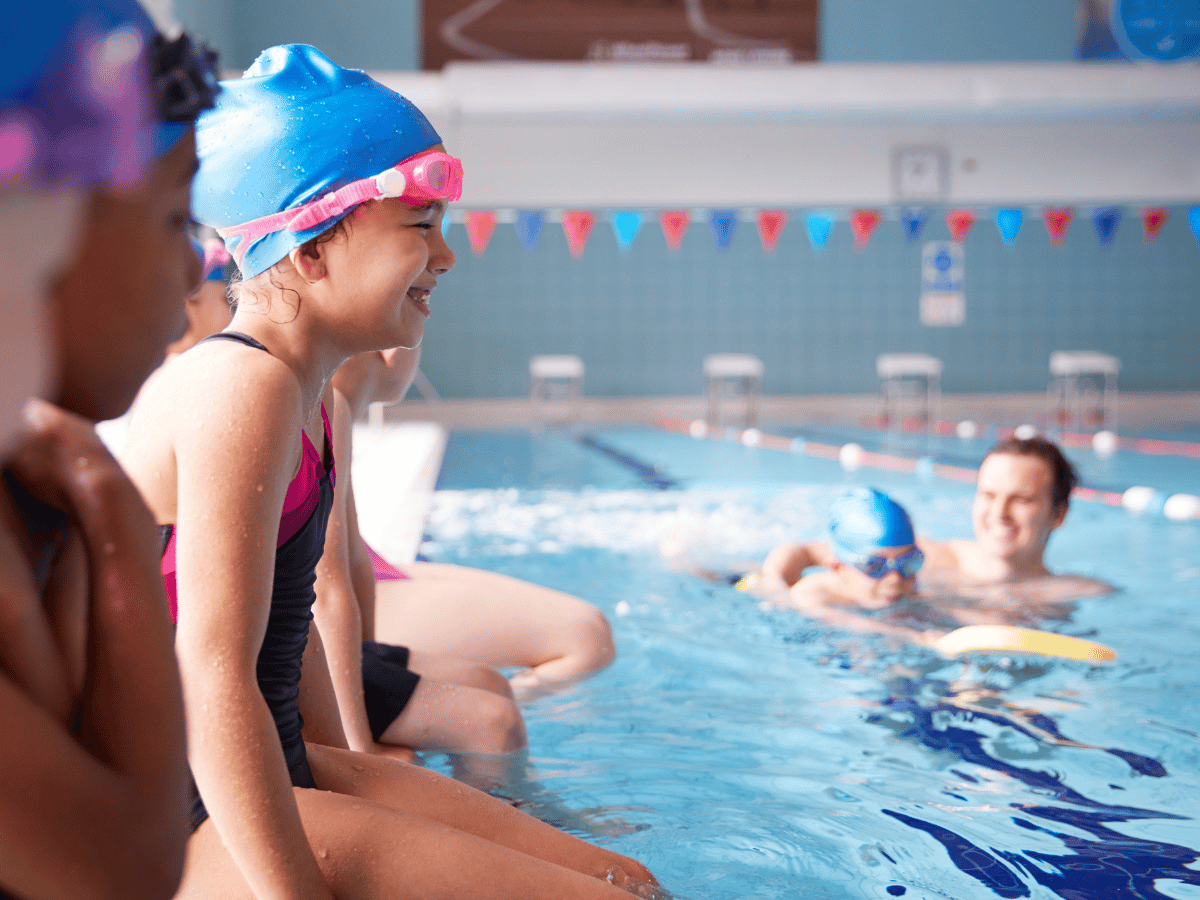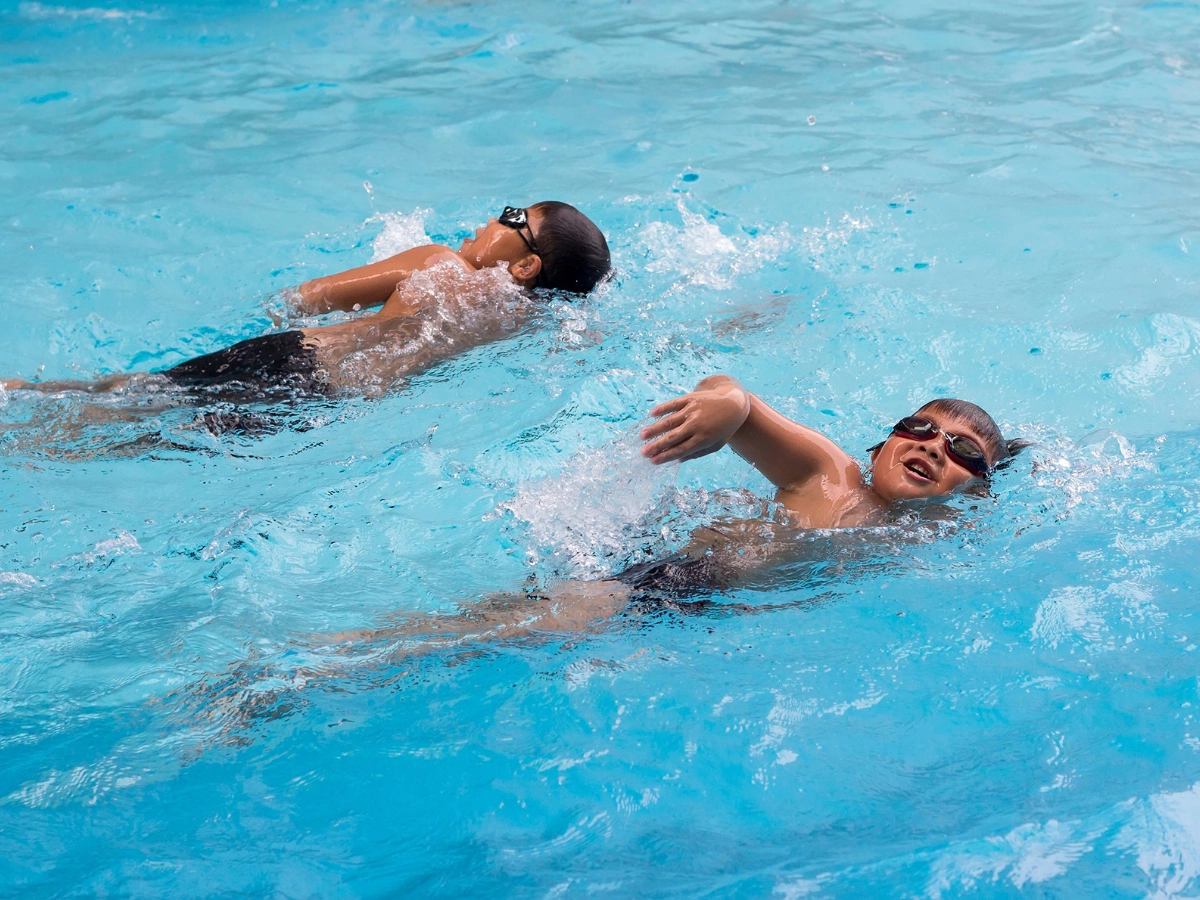Did you that the American Heart Association has research that the cardiovascular endurance of America’s children fell an average of 6 percent per decade between 1970 and 2000. It’s not just a problem in America. In fact, the cardiovascular health of children in nations around the world has declined by 5 percent each decade. We just happen to lead the pack with 6 percent.
Some other eye-opening statistics from the research show that kids today are “roughly 15 percent less fit from a cardiovascular standpoint than their parents were as youngsters” and they run a mile run a minute and a half slower than children from 30 years ago.
When Does Fit Mean “Fit”?
There are different ways that young people can be fit.
- Strong (like a weightlifter)
- Flexible (like a gymnast)
- Skillful (like a tennis player)
Not all of these types of “strength” relate well to “health,” according to contribute to Grant Tomkinson, Ph.D., lead author of the study founding the American Heart Association’s research. “The most important type of fitness for good health is cardiovascular fitness, which is the ability to exercise vigorously for a long time, like running multiple laps around an oval track.”
The cardiovascular trend for the world’s children (and especially America’s) is reason for concern, but these trends can be changed even for children who are part of this “degenerating generation.” They cardiovascular habits of children can be improved (with the addition to cardiovascular activities to their daily routines and lifestyle changes) so that cardio endurance can be improved.
It is important to become familiar with the components of childhood fitness. It is multifaceted – encompassing a number of aspects that have impact on health and well-being.
Flexibility pertains to the body’s range of motion. The goal of flexibility training is to have maximum range of motion without pain or stiffness.
Strength refers to the amount of weight the muscles can push, pull or support. However, strength training also strengthens the bones.
Cardiovascular endurance is the heart’s ability to withstand extended periods of activity.
Muscular endurance is the amount of time the muscles can withstand pushing, pulling or supporting weight.
Body composition is the amount (or percentage) of fat versus non-fat (bone, skin, muscle, etc.) in the body.
It’s also important to understand the anatomical and physiological differences between children and adults. Keep in mind that every child is different – some stronger in one area more so than another.
- Because children grow in spurts, they are always in the process of acclimation and may lack coordination. This makes them more vulnerable to injury, and any plan to improve child fitness should account for childhood growth patterns.
- Children’s core muscles those muscles in the hips, back and abdomen area are not fully developed and are therefore weaker than the core muscles of adults. Core muscles serve to stabilize the entire body and a lack of core strength can compromise fitness in children by making children susceptible to injury.
- Children often lack flexibility, which is an integral part of fitness and a preventative factor when it comes to injury. Therefore, flexibility training should be incorporated into any childhood fitness program.
There are several factors that can impact a child’s cardio endurance:
Diet:
A well-balanced diet can improve a child’s endurance. Having a daily diet that is full of nutritious foods can provide a child with more energy during school and after-school activities. Parents can encourage healthy eating habits in their children by making healthy food choices themselves. Foods that increase stamina include bananas, red grapes, complex cards and iron-rich foods. The American Academy of Pediatrics suggests a diet that includes a mix of foods from the five food groups: fresh vegetables and fruits, whole-grains, low-fat dairy, and quality lean protein sources, including lean meats, fish, nuts, seeds and eggs).
Daily Routine:
A daily routine that includes physical activity will get a child into a habit of staying active throughout their entire life. A daily routine that encourages fitness helps a child build up endurance.
Daily Activities:
While a daily routine is certainly useful to keep a child active, it’s also important to mix up the type of activities the child is doing. Walking or jogging, cycling, swimming and low intensity dancing are all activities that are aerobic exercises, which are low to high intensity exercises that primarily depend on aerobic energy-generating processes. Having a child walk an hour one day is just as useful for their cardio endurance as swimming for 30 minutes another day. Mixing up these activities allows the child to not get bored of repeating the same activity each day. These cardio activities will help them perform better in other types of fitness
Sports Involvement:
Some children need the motivation of competition to keep them active. Getting them involved in sports and activities such as gymnastics, cheer or swimming can keep them physically fit and active – and add enough competition to hold their interest and enthusiasm. Children should still use aerobic activities to keep them performing at their best in these activities. For example, a sport such as basketball utilizes their aerobic exercise from jogging as they will be running up and down the court.
Gymnastics or Swim Involvement:
Supplementing cardio workouts with competitive sports such as gymnastics, cheer or swim can improve the overall experience for a child. The benefits of cardiovascular endurance for these athletes includes improved posture and health, enhanced stamina and performance ability, improvement with anaerobic ability (high intensity floor exercises, for example, are anaerobic), reduced risk of fatigue while enhancing concentration, reduced stress levels, boosted immune system and reduced risk of injury.
Follow a Plan
One of the best approaches for parents is to develop a childhood fitness plan for their child. It should be based on the components of fitness, assessment of the child’s fitness level and knowledge of the anatomical and physiological differences between adults and children.
Begin by considering the child’s hobbies, interests, natural skills and talents. For example, if the child’s interest lies in the martial arts, then karate lessons may be a good idea. If the child thrives in social situations, team sports may be a better option.
Your child fitness plan should include 60 minutes of physical activity every day, incorporating 3 total hours of strength training (for muscles and bones) per week.
 hbspt.cta.load(3803665, ‘601ba65a-ddb7-4999-935f-ca80e374026e’, {});
hbspt.cta.load(3803665, ‘601ba65a-ddb7-4999-935f-ca80e374026e’, {});
Sources: WikiHow














